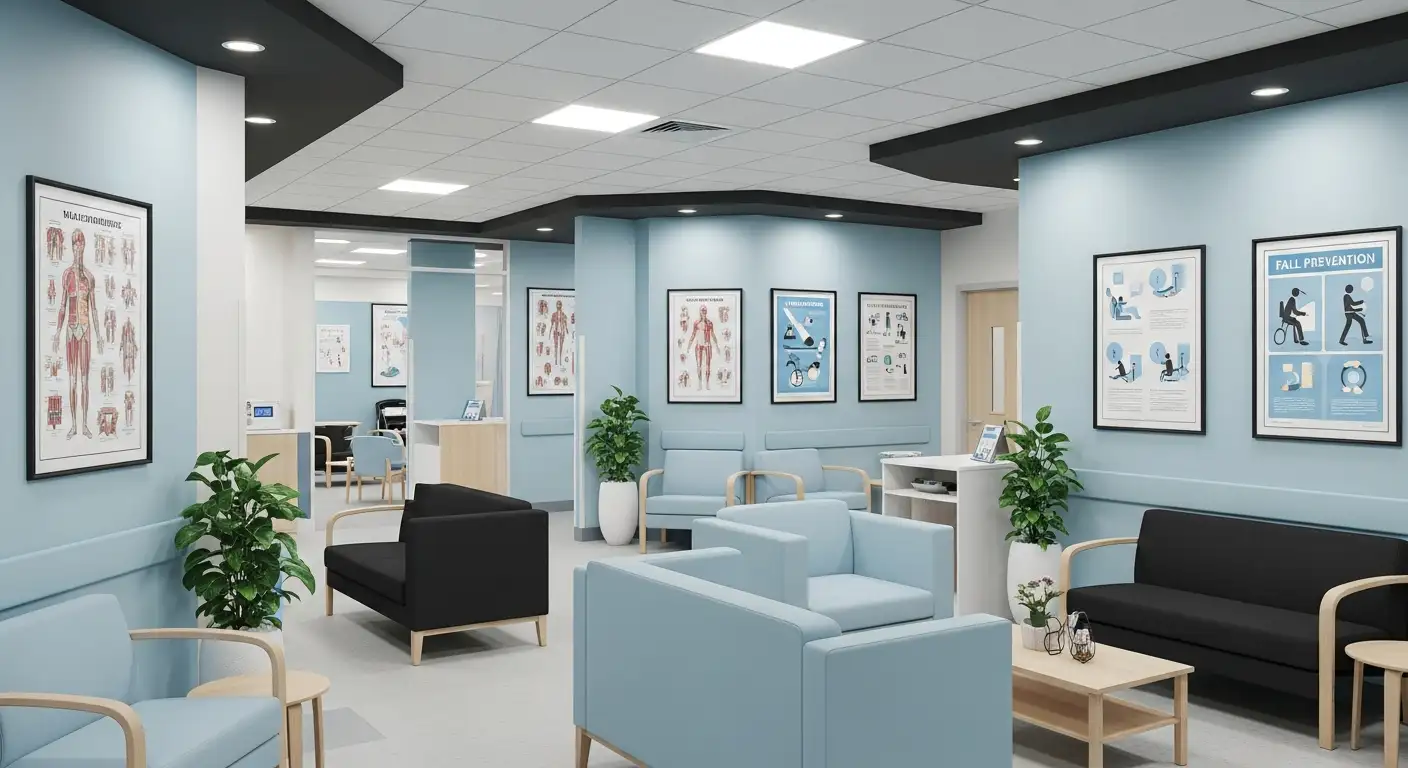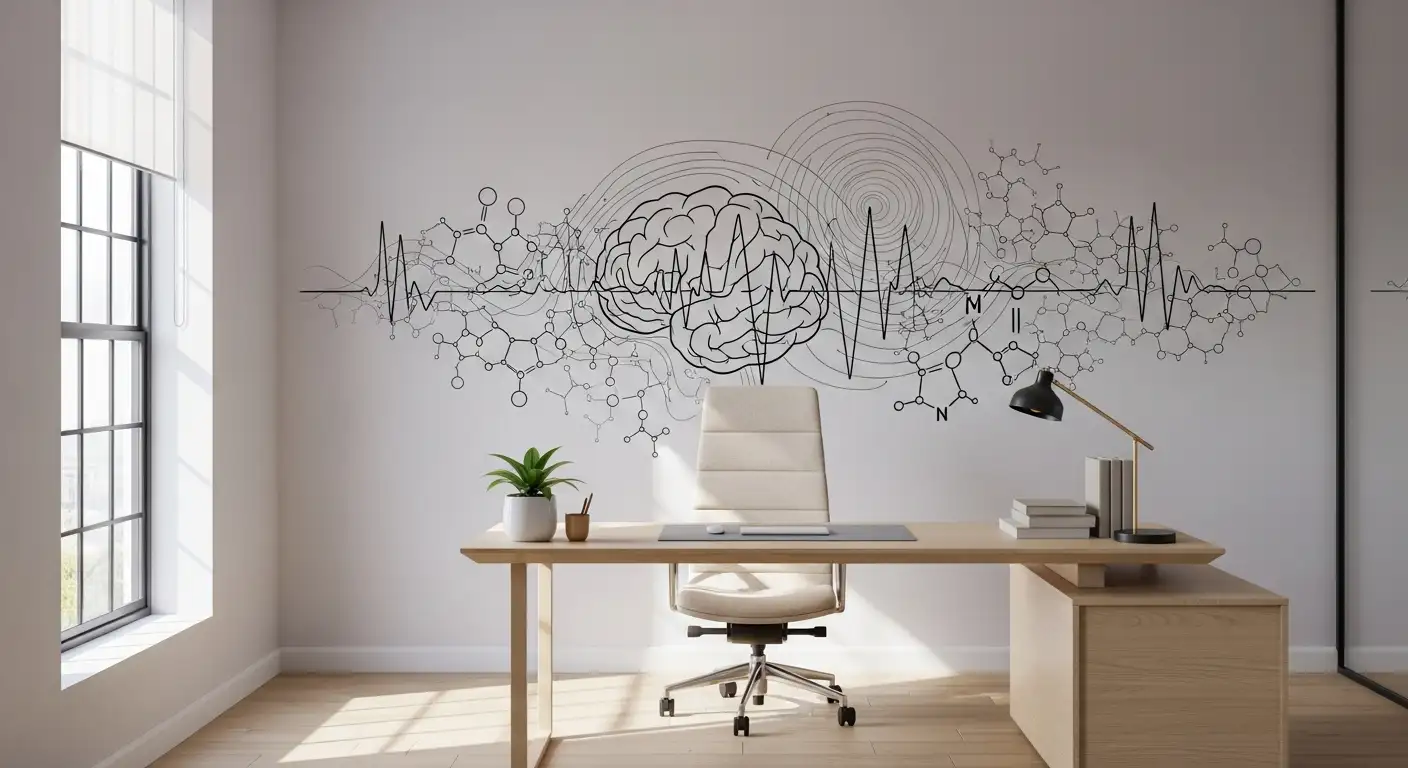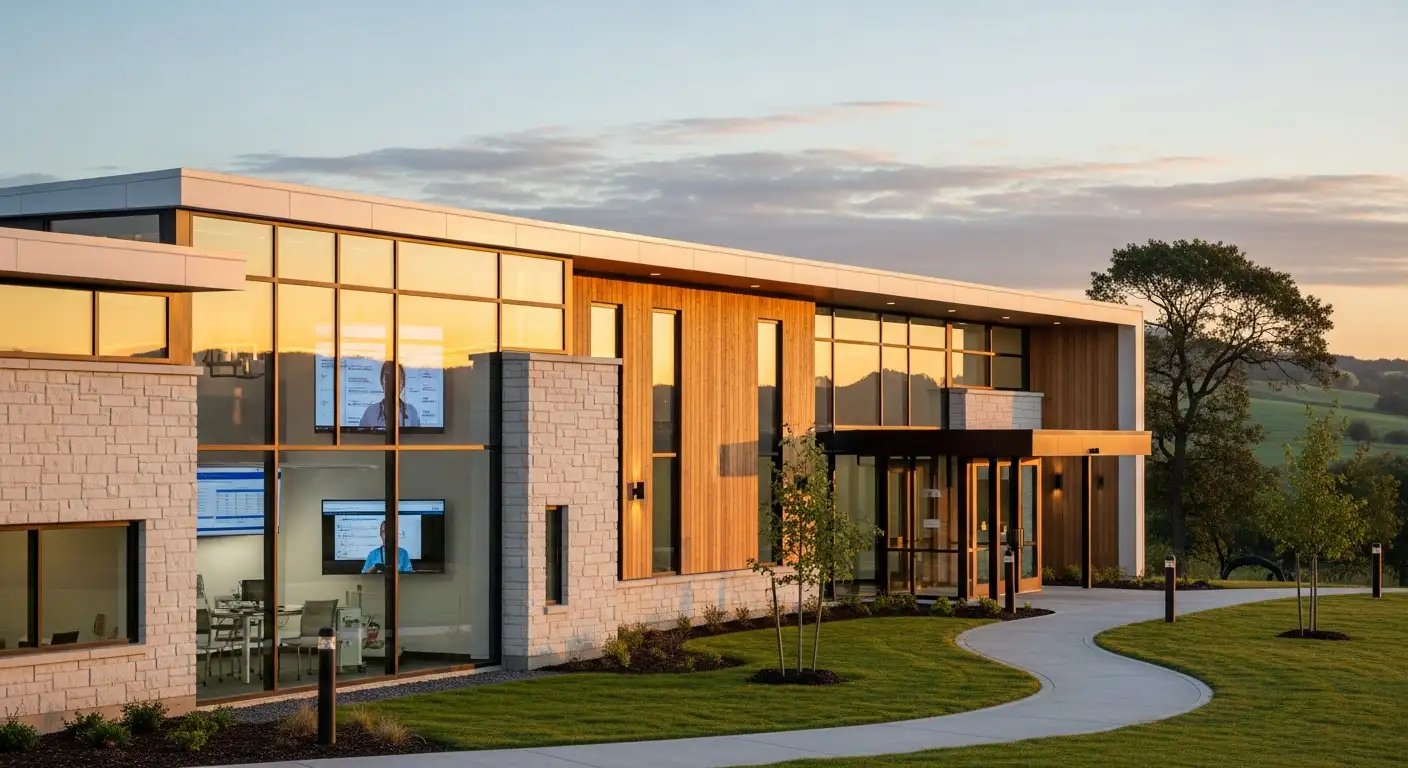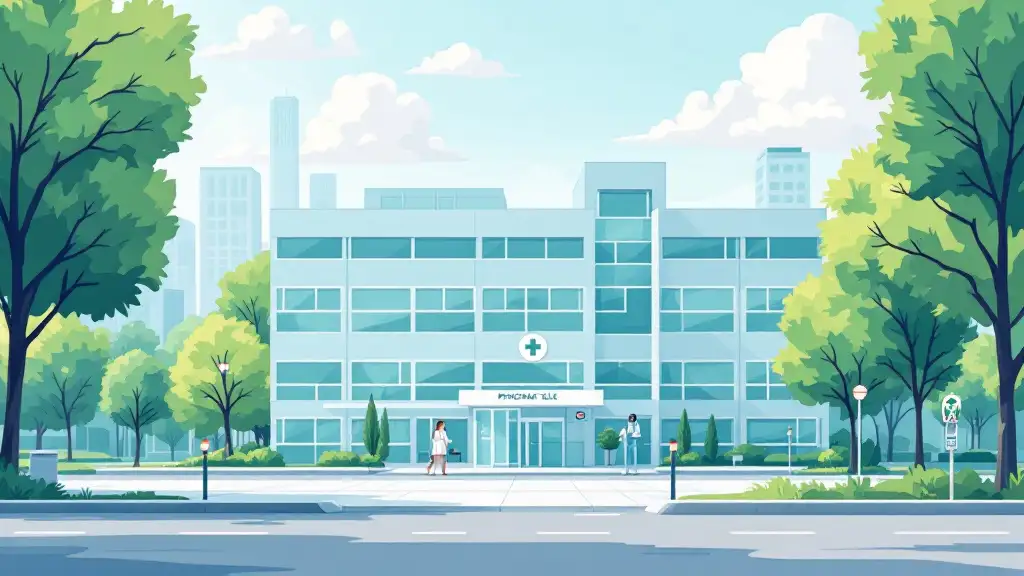Understanding the Bidirectional Relationship in Elderly Health
As individuals age, the prevalence of chronic pain and depression increases significantly, leading to compounded health challenges. Approximately 16.5% of older adults in Western countries experience depression over their lifetime, with rates climbing as age advances. Chronic pain affects an estimated 15.1% to 69.8% of seniors, often co-occurring with mental health issues like depression. This interconnected relationship is not merely coincidental; it stems from shared neurobiological, psychological, and social mechanisms that influence each other profoundly. Exploring this link is essential for developing comprehensive care strategies that can improve quality of life and functional independence among the elderly.
The Prevalence and Impact of Chronic Pain and Depression in the Elderly
What are the prevalence rates of depression and chronic pain among seniors?
Older adults are significantly affected by both depression and chronic pain. Approximately 16.5% of seniors in Western countries experience depression over their lifetime, while chronic pain affects a large proportion of this population—estimates range from 15.1% to nearly 70%. Among those aged 60 and above, about 65% report suffering from pain, with up to 30% experiencing chronic pain persistently. In nursing homes, the prevalence is even higher, reaching up to 83%. Many individuals face both conditions simultaneously; about 13% of the elderly—especially those above 75—live with depression and chronic pain at the same time.
How do care settings influence these conditions?
The setting of care impacts the prevalence and management of chronic pain and depression. Community-dwelling seniors may experience less severe symptoms or better access to nonpharmacologic treatments like exercise and social engagement. In contrast, nursing home residents often report higher levels of persistent pain, which can be linked to conditions like arthritis or back pain, and face greater challenges with depression due to social isolation. A study of older adults in the UK found that depressive symptoms tend to worsen up to eight years before pain begins, emphasizing the importance of mental health interventions across all care environments.
What are the impacts on functional status, independence, and mental health?
Chronic pain and depression profoundly affect older adults’ daily lives. Chronic pain can impair mobility, reduce independence, and increase fall risk. It often leads to social withdrawal, sleep disturbances, and diminished appetite. Depression, often intertwined with pain, further worsens these issues, causing confusion, loneliness, and difficulty concentrating. When these conditions co-occur, they create a cycle of helplessness, reducing quality of life and increasing disability.
Scientific link between chronic pain and depression in seniors
Research shows a strong biological and psychological connection between pain and depression in the elderly. Neuroinflammation is a central mechanism, involving activation of microglia and glial cells in the central nervous system. Brain regions such as the anterior cingulate cortex, prefrontal cortex, and insula are involved in both conditions, with structural brain changes like gray matter loss seen in chronic pain sufferers.
Shared molecular pathways further explain their relationship. Alterations in neurotransmitters like serotonin and norepinephrine, elevated inflammatory cytokines, and changes in brain-derived neurotrophic factor (BDNF) levels contribute to both depression and chronic pain. Psychological factors, including learned helplessness and decreased self-efficacy, also play vital roles. This complex interplay suggests that treating one condition often requires also addressing the other.
| Aspect | Details | Additional Notes |
|---|---|---|
| Prevalence of depression | ~16.5% lifetime in Western seniors | Varies with care setting |
| Prevalence of chronic pain | 15.1% to 69.8%; up to 83% in nursing homes | Higher with age |
| Co-occurrence | About 13% of elderly | Significant overlap |
| Risk increase | Pain increases depression risk 2.5-4.1x | Depression also worsens pain |
| Biological links | Neuroinflammation, brain region involvement | Shared neural pathways |
| Impact | Mobility, social isolation, quality of life | Multifaceted consequences |
This comprehensive understanding of the prevalence, impact, and interconnectedness of chronic pain and depression in older adults highlights the importance of integrated, multidisciplinary care strategies to improve their health outcomes.
Epidemiological Evidence and Recent Research Findings
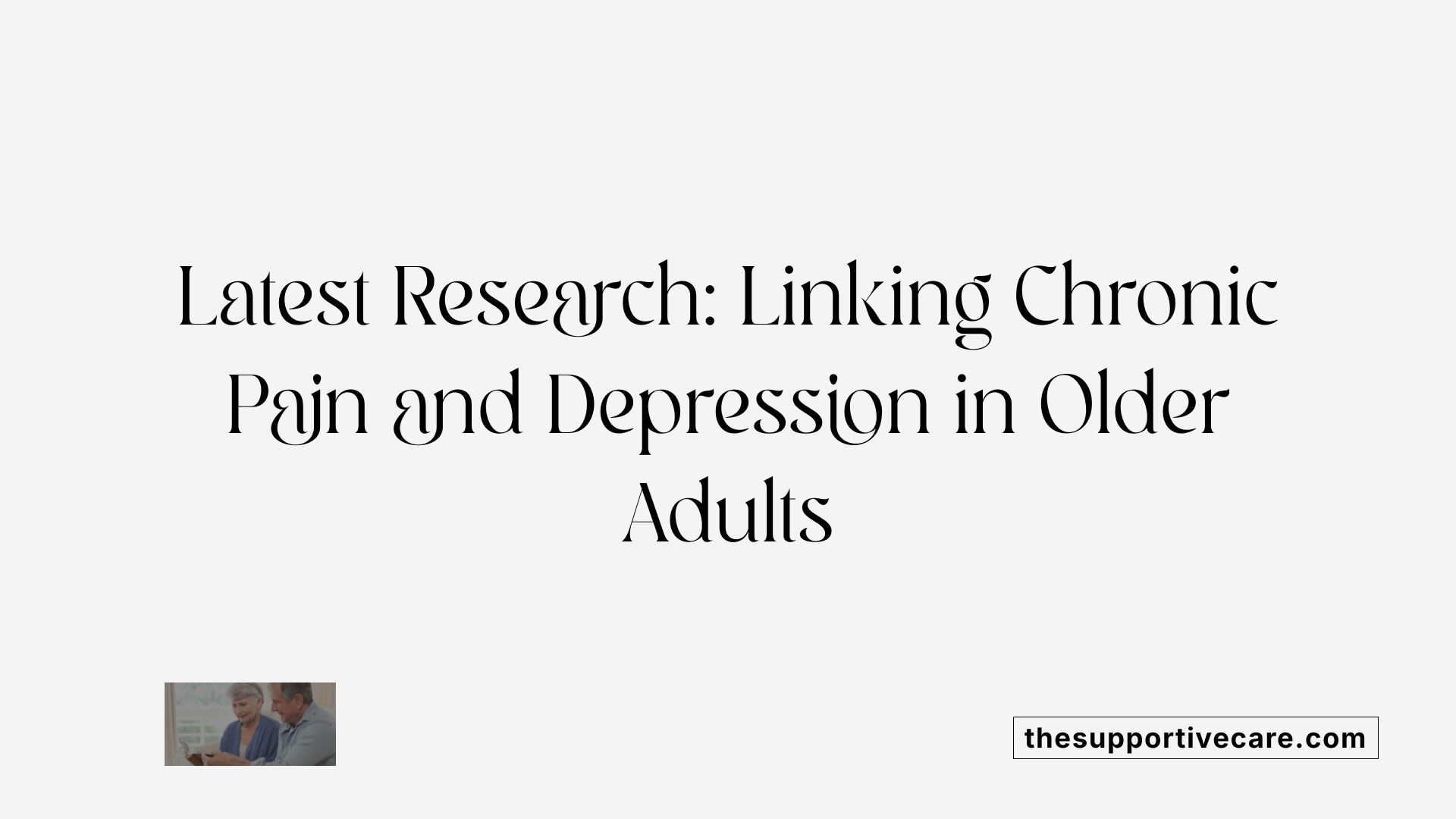
What recent research findings are available on the connection between chronic pain and depression in the elderly?
Recent studies have illuminated a complex and reciprocal relationship between chronic pain and depression among older adults. Neuroinflammation has emerged as a shared underlying process, involving activation of microglia and glial cells in the central nervous system that contribute to both conditions.
Epidemiological data indicate that about 13% of the elderly suffer from both depression and chronic pain simultaneously. The prevalence rates of chronic pain increase with age, reaching up to 62% in those aged 75 and older, with common pain types including arthritis, back pain, and cancer-associated discomfort.
Longitudinal research, including an analysis from the English Longitudinal Study of Ageing (ELSA), reveals that depressive symptoms, loneliness, and social isolation often intensify up to eight years before the onset of chronic pain. These findings suggest that mental health issues may serve as early predictors or risk factors for developing persistent pain.
Furthermore, studies such as a 2025 follow-up show that depressive symptoms tend to peak at the time when pain begins and remain elevated afterward. This points to a bidirectional relationship, where each condition can exacerbate the other, leading to worsened outcomes such as disability, reduced mobility, and diminished quality of life.
Socioeconomic disparities are also evident; less educated and lower-income groups experience more pronounced mental health impacts prior to pain onset, indicating that social determinants influence these health outcomes.
In summary, current research emphasizes that managing depression early in at-risk populations might help delay or prevent the development of chronic pain. An integrated approach addressing both biological and social factors is essential for improving health outcomes for the aging population.
Biological Mechanisms Linking Pain and Depression
What are the causes and biological links between chronic pain and depression in seniors?
Chronic pain and depression in older adults are connected through complex biological processes that influence both conditions simultaneously. One fundamental mechanism is neuroinflammation, where immune signaling molecules called cytokines, as well as activated microglia and glial cells in the brain, play a central role.
Neuroinflammatory responses involve the release of cytokines like interleukins and tumor necrosis factors, which can affect neural functioning and connectivity. Such inflammation is thought to contribute to heightened pain perception and mood disturbances, creating a cycle that worsens both conditions.
Structural brain changes are also observed in regions critical for emotional regulation and pain processing. The prefrontal cortex, involved in decision-making and mood regulation, and the hippocampus, essential for memory and emotional responses, often show reduced volume and altered activity in the elderly with chronic pain and depression.
These neurological alterations are linked to changes in neurotransmitter systems, particularly serotonin, norepinephrine, and dopamine. Disruptions in these chemical messengers can diminish pain inhibition pathways and impair mood regulation, further reinforcing the cycle of pain and depression.
Furthermore, inflammatory markers and glutamate signaling dysregulation are involved in this interconnected pathology. Increased inflammatory activity can lead to excessive glutamate release, which damages neurons and hampers neuroplasticity.
Decreased levels of brain-derived neurotrophic factor (BDNF), a protein that supports neuron growth and resilience, are also associated with both conditions. Reduced BDNF impairs the brain’s ability to recover from injury and adapt, making individuals more susceptible to persistent pain and depressive episodes.
Ultimately, these biological pathways are intertwined, with neuroinflammation, structural brain changes, and neurotransmitter alterations contributing to the high prevalence and severity of co-occurring pain and depression among seniors. These processes often lead to functional limitations, decreased quality of life, and increased disability, making understanding and targeting these mechanisms crucial for effective treatment.
Recent Scientific Insights and the Role of Neuroinflammation
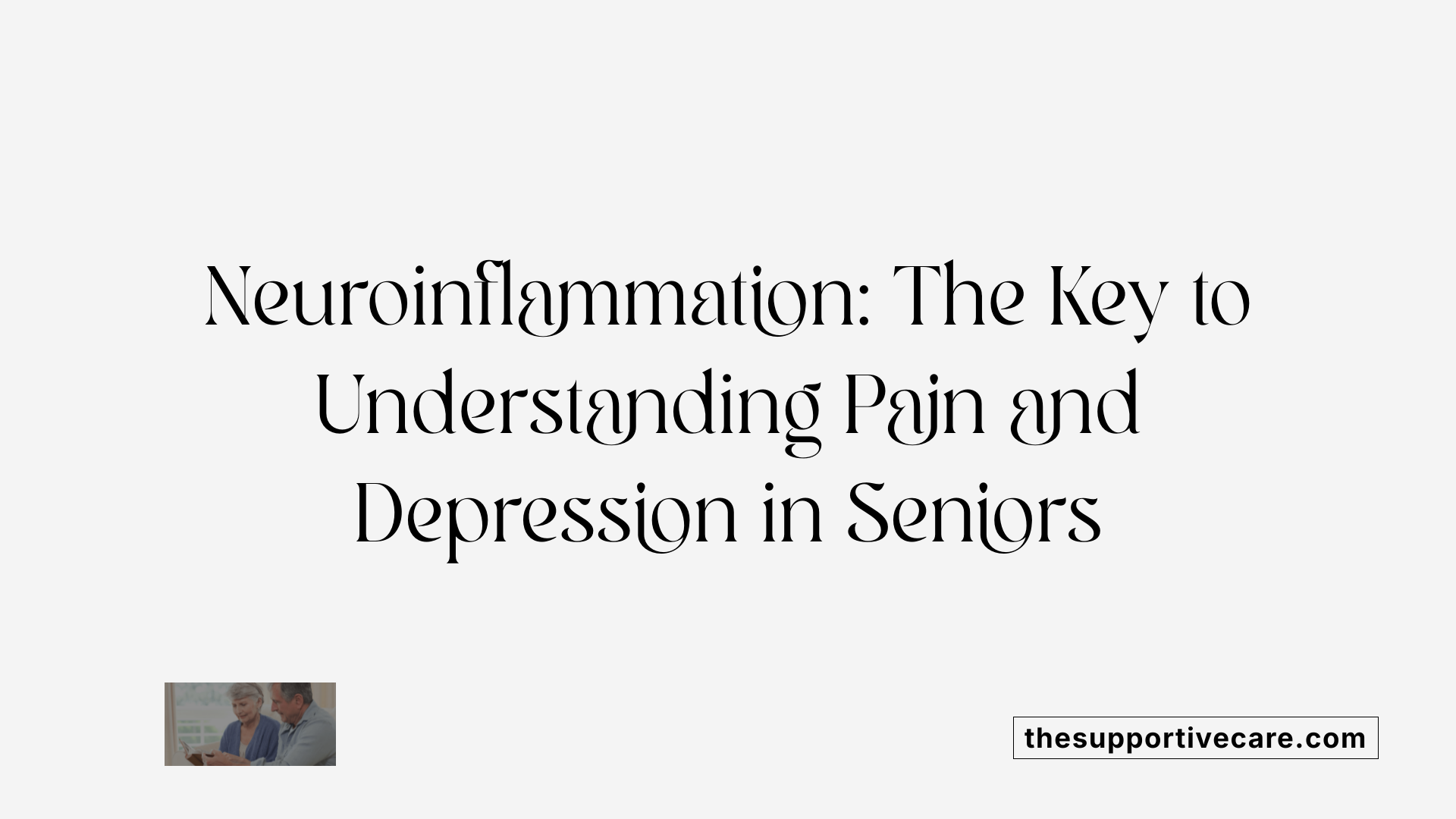
What is the scientific relationship between chronic pain and depression in seniors?
The link between chronic pain and depression in older adults is rooted in shared neurobiological mechanisms, with neuroinflammation playing a pivotal role. This process involves the activation of microglia and glial cells within the central nervous system, which leads to inflammation that influences brain function and structure.
Research shows that certain brain regions, such as the anterior cingulate cortex, prefrontal cortex, and insula, are involved in both pain perception and mood regulation. Changes or impairments in these areas due to neuroinflammation can disrupt normal processing, leading to both persistent pain and depressive symptoms.
Structural brain alterations, including gray matter loss in key areas, further demonstrate the physical impact of neuroinflammation. Chemically, shared pathways involve altered levels of neurotransmitters like serotonin and norepinephrine, increased inflammatory cytokines, and changes in brain-derived neurotrophic factor (BDNF), which collectively influence susceptibility to both conditions.
Chronic pain significantly raises the risk of developing depression by 2.5 to 4.1 times in seniors. Conversely, depression can heighten pain sensitivity and disability, creating a cycle of mutual reinforcement. These interconnected pathways highlight the importance of addressing both conditions simultaneously, especially considering their common biological foundations.
Impact of neuroinflammation on brain regions
Neuroinflammation impacts brain regions responsible for processing emotions and sensations. It causes neurochemical imbalances and structural changes that impair function in the anterior cingulate cortex, which is critical for emotional regulation and pain perception. Similarly, the prefrontal cortex, involved in decision-making and mood, can undergo atrophy, contributing to feelings of helplessness and increased pain awareness. These changes facilitate a cycle of worsening symptoms, emphasizing the need for targeted interventions that can modulate inflammation.
Shared neural substrates involved in pain and mood regulation
Research indicates that overlapping neural substrates—such as the insula and the dorsolateral prefrontal cortex—are involved in both pain perception and emotional regulation. Disruptions in these regions due to inflammation and structural loss may lead to heightened pain sensitivity and mood disturbances, underpinning the high prevalence of co-occurring depression and chronic pain in older adults.
Implications for targeted therapies
Understanding the role of neuroinflammation opens avenues for novel treatments. Anti-inflammatory agents, cytokine inhibitors, and neuroprotective drugs are being investigated for their potential to simultaneously alleviate pain and depressive symptoms. Additionally, therapies aiming to reduce neuroinflammation—such as mindfulness-based stress reduction, physical exercise, and possibly neuromodulation techniques like transcranial magnetic stimulation—may address the shared pathways, offering more effective management strategies for aging populations.
| Aspect | Details | Implication |
|---|---|---|
| Brain regions affected | Anterior cingulate cortex, prefrontal cortex, insula | Structural and functional brain changes influence pain and mood |
| Shared molecular pathways | Monoamines, cytokines, BDNF, glutamate | Targets for pharmacologic interventions |
| Treatment approaches | Anti-inflammatory agents, neuromodulation, lifestyle changes | Promising avenues for integrated therapy |
Management Strategies and Supportive Interventions

What management strategies and treatment options are effective for seniors experiencing both chronic pain and depression?
Managing the co-occurrence of chronic pain and depression in older adults requires a comprehensive and tailored approach. Combining pharmacological treatments with nonpharmacologic therapies provides the best outcomes.
Pharmacologic options include selective serotonin reuptake inhibitors (SSRIs) such as sertraline and fluoxetine, serotonin-norepinephrine reuptake inhibitors (SNRIs) like duloxetine, and tricyclic antidepressants (TCAs). These medications can help alleviate symptoms of depression and, in some cases, reduce pain. Recently, treatments like medical marijuana are being cautiously explored for their potential benefits in managing pain, but require careful consideration of side effects and interactions.
In addition to medications, nonpharmacologic therapies play a vital role. Cognitive-behavioral therapy (CBT) helps patients develop coping skills and challenge negative thought patterns. Mindfulness-based interventions and relaxation techniques can reduce stress and improve mood. Physical activities such as tailored exercise programs enhance mobility and mental health.
Alternative approaches like acupuncture and pet therapy have shown promising results in managing pain and enhancing emotional well-being. Psychosocial support services, including social engagement and support groups, help reduce feelings of loneliness and social isolation.
Holistic programs, such as the DROPS (Depression and Pain Support) program or OASIS (Older Adults Support and Intervention System), integrate medical, psychological, and social care. These multidisciplinary models address the full scope of the biopsychosocial factors influencing pain and depression.
Personalized treatment plans are crucial. Healthcare providers should evaluate each individual's physical health, mental health, social circumstances, and medication profile. Encouraging active participation in care, promoting mental health support, and fostering social connections are essential strategies.
Implementing these integrated and individualized approaches significantly improves quality of life, reduces the severity of symptoms, and lowers the risk of adverse outcomes such as disability and hospitalization among the elderly suffering from both conditions.
Towards an Integrated Approach to Elderly Care
The intertwined nature of chronic pain and depression in seniors demands an integrated, multidisciplinary approach that considers the biological, psychological, and social dimensions of these conditions. Early detection through screening, comprehensive assessment leveraging the biopsychosocial model, and individualized treatment plans are critical to mitigating their adverse impacts. Advances in understanding neuroinflammation and shared neural pathways pave the way for targeted therapies that address both conditions simultaneously. Support from healthcare providers, caregivers, and community resources can significantly enhance coping, reduce suffering, and improve the overall quality of life for older adults. Ultimately, fostering mental health awareness, social engagement, and resilience will be key to breaking the cycle of pain and depression and ensuring healthier aging trajectories.
References
- Depression and chronic pain in the elderly
- Mental Health and Chronic Pain in Older Adults
- Treatment Modalities for Chronic Pain in Elderly Patients ...
- The Link Between Chronic Pain and Depression
- Depression and chronic pain in the elderly
- The Link Between Chronic Pain and Depression in Seniors
- Depression linked to physical pain years later
- Bidirectional relationship between chronic pain and ...
- Depression, Pain, and Aging | Focus




